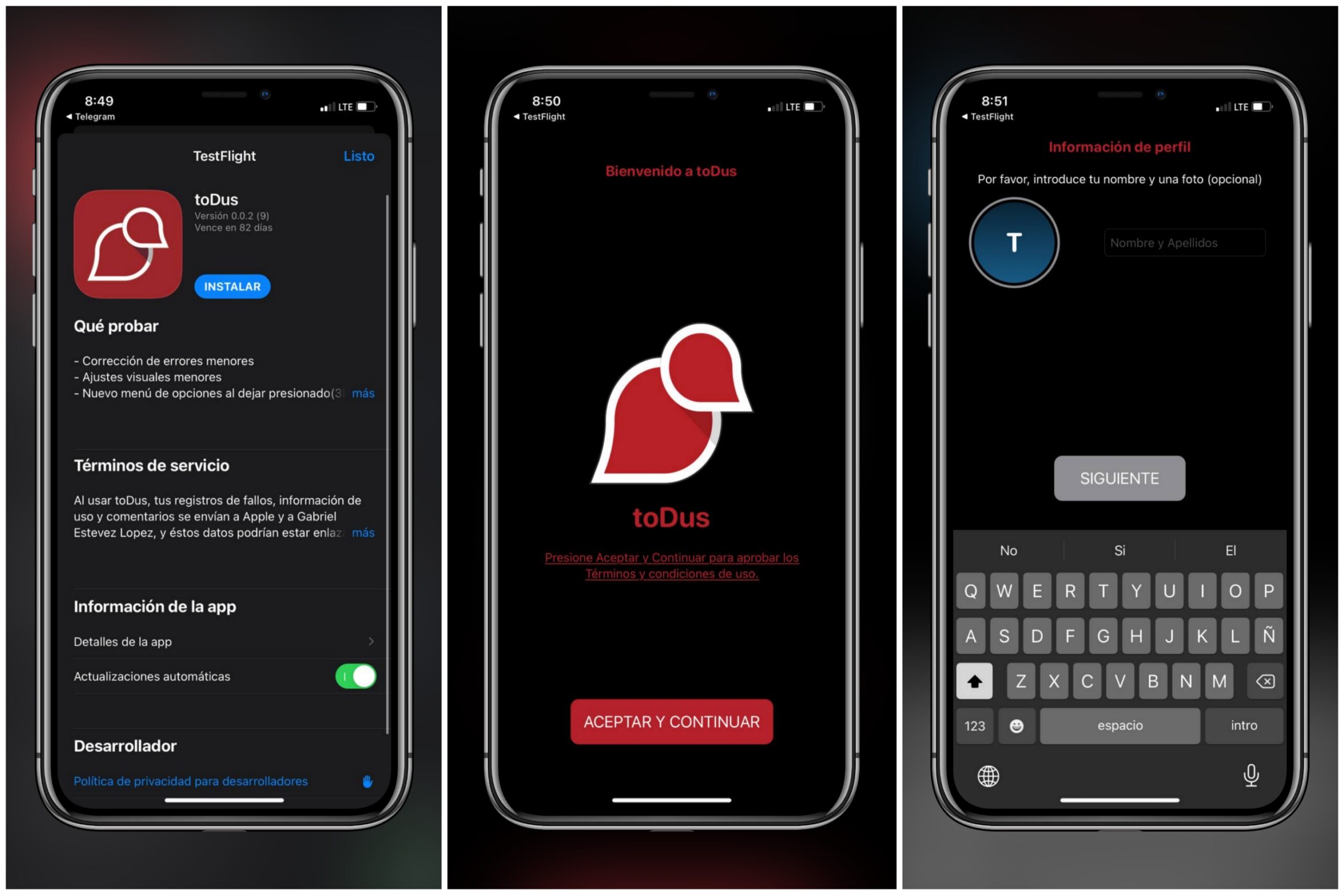

I don’t think it’s a gaping hole, but it is unfortunate, as the graphical selection tool allowed the use of sites that frequently throw up interstitial, pop-overs, and other interface elements that interfere with reading or site use. We’ll be updating this review to reflect that change in the near future. Update: 1Blocker added back the Hide Element feature after this review appeared. The 1Blocker standalone app references using the extension button inaccurately, since the future doesn’t yet exist in version 3. While the option appears in the 1Blocker extension button dropdown as Hide Element, clicking it brings up a notice that “Hide Element is not yet available.” The company expects to add it in a future release. In this initial release, an advanced feature from previous version was left out, which is the ability to use its Safari extension to select items on a page and build a rule around the selection. When you visit a whitelisted site, a red heart appears as a badge on the 1Blocker button. The button lets you whitelist sites and set https-only page requests, too. Unfortunately, probably due to Apple’s rules about app interaction with extensions, the 1Blocker labels for rules don’t appear in that list, making it less useful in knowing anything but the category of item a URL appears in. Click the button and click Blocked Resources, and you can examine which URLs were blocked. You can opt to display a badget that notes how many items were blocked. When you visit a site, the 1Blocker menubar button provides useful feedback. It bypasses any rule choices you’ve made, except forcing all-https requests. Whitelisting is a powerful tool to trust a site fully. It would be a thankless and unappetizing task to proceed. In the version tested, disabling a rule caused the search selection to disappear showing all rules in the category. Twitter, for instance, has 1,050 rules in the Block Widgets category, and each rule has to be flipped off one at a time. But it’s cumbersome to use, because the app doesn’t group these rules into something like subcategories. (Some sites build social sharing in such a way that they don’t pass your details along, and would be unaffected.)ġBlocker labels many of its individual rules with the name of the site or service and offers a search option to find them. If you use social sharing routinely, leaving this category disabled makes sense, but many people prefer to not trust what information leaks about their behavior to third-party networks.
#1BLOCKER TESTFLIGHT CODE#
Social widget blocking prevents buttons and code loading on a site you visit that’s imported from Facebook, Twitter, and many other sites. The dropdown 1Blocker button reveals which items were blocked on a given page and can optionally show the count as a badge. If you want to use commenting, then you’ll need to either keep this category turned off or use on/off switches for individual rules in the Block Comments ruleset to enable just the settings you need. Two categories that you might consider not enabling include comment loading and “social widgets.” Many sites rely on third-party comment systems, like Disqus. For each extension type, you need to enable the extension in Safari and separately flip a switch in 1Blocker.

These are set via Safari > Preferences > Extensions. To work around this, 1Blocker has split its current 110,000-plus ruleset into multiple extensions, each focused on a specific category, like ad trackers, “annoyances” (cookie usage pop-up notices), and adult sites. IDGĬlick the 1Blocker button to see basic information and change settings, such as whitelisting the site to bypass all rules.Ĭontent-blocking rules allowed in Safari, its only real limitation is how many rules Apple allows at once-50,000 per extension. But it’s mostly the same app, though it’s easier to use in nearly every respect.

#1BLOCKER TESTFLIGHT MAC#
Version 3 upgrades its code, overhauls its interface, and shifts it into a Mac App Store install. However, 1Blocker didn’t require these extra features. (Some argue Apple has other motives, but the company continues to invest in the development of But in Apple’s ongoing effort to limit the surface in which malware can affect users, it opted to shift extensions entirely to the Mac App Store and limit their functionality.

Some of them focused on blocking ads, while others had a broader interest in preventing a range of behavior. Safari once had a wide-ranging architecture for extensions, and it was an environment where a number of privacy tools thrived.


 0 kommentar(er)
0 kommentar(er)
